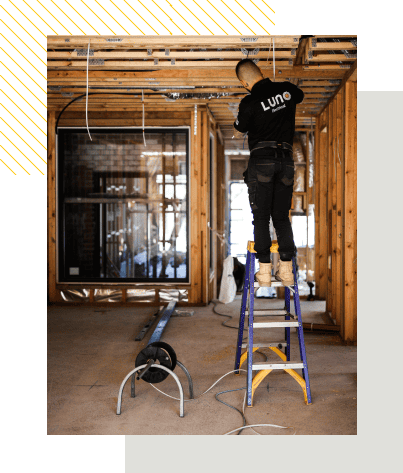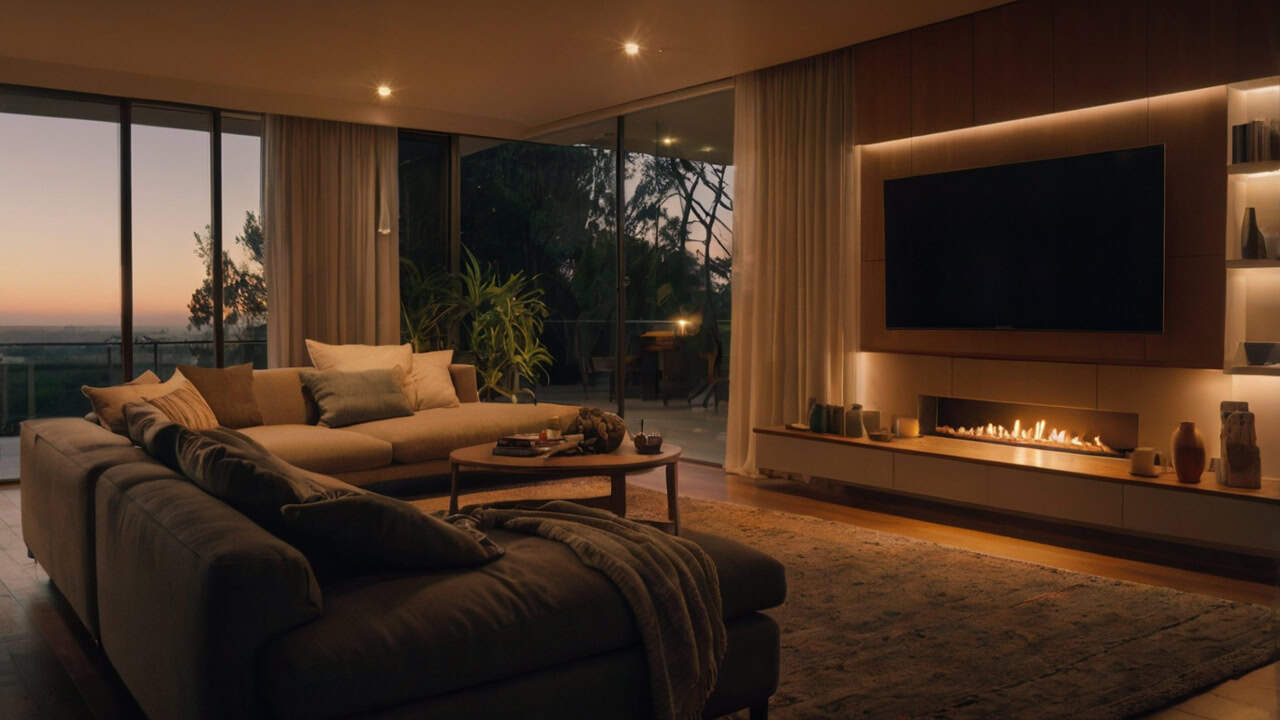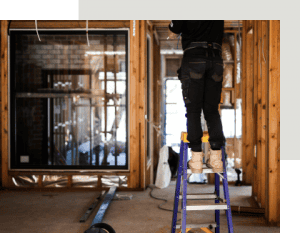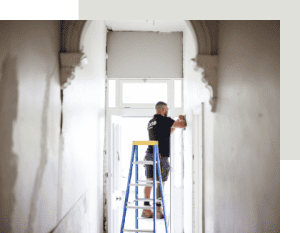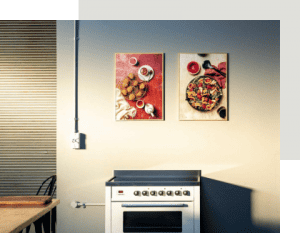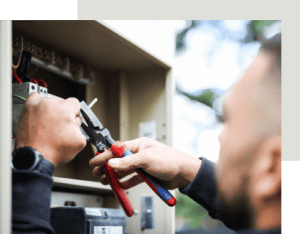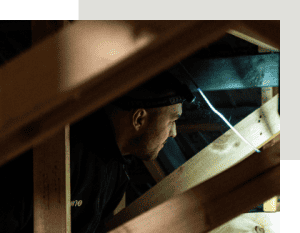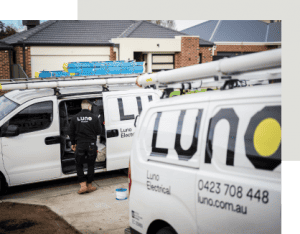Happy Customers
Andrew and the team installed a Tesla wall charger at my home. They did an outstanding job and went over and above to make sure everything was done professionally and worked properly. Before finding Luno I spoke to many electricians and they often hadn’t done an electric car home charger installation before and didn’t seem to know what was involved. Andrew and the team at Luno quickly put me at ease because it was clear they knew how to install electric car charging. Would highly recommend.
David

Andrew and Alex were very professional and friendly, they took measures to not leave mess and tidied up after themselves. They were thorough in asking if we wanted switches changed etc to look the best. We love our new fans and bathroom heating light. Thank you
Jennah

Amazing service - the guys were very professional, on time, replaced all my downlights super fast and overall were so nice (my dog also loved them!).
Thanks again!!
Nat

